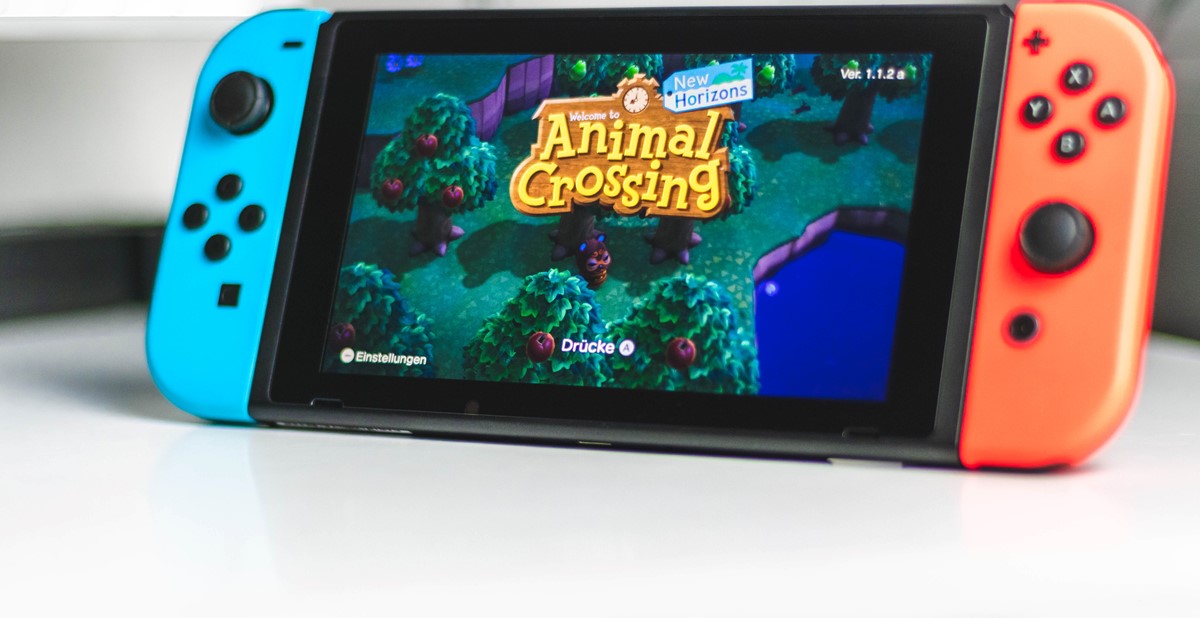Market Share: A (Body) Positive Place To Play (1)

Sara Kurfeß / Unsplash.com
As technology continues to present new, creative ways for brands to get in front of consumers, Gillette Venus recently took a unique approach by partnering with a widely popular video game to communicate messages of inclusivity and body positivity. The personal hygiene company’s Venus line teamed with Nintendo’s Animal Crossing—the latest version, Animal Crossing: New Horizons, released on March 20, is played by 11 million Americans, says The Guardian—as part of its “My Skin. My Way” campaign to highlight how beauty, femininity and skin have evolved since Venus was launched by Proctor & Gamble in 2001.
Working with digital designer Nicole Cuddihy, Gillette Venus developed a set of “Skinclusive” avatar skins for players to choose for their Animal Crossing character that better represent the look of everyday people. Players can now select from 19 skin types, eight skin tones and 250 total combinations, and add further personalization, like freckles, tattoos, acne, scars, cellulite and skin types that are less represented, like vitiligo. To celebrate these new designs—and let players know they are available—Venus hosted “Skinclusive Summer Social” in Animal Crossing on YouTube Live on August 21.
By helping to develop this new set of skins, Gillette Venus was able to get in front of millions of consumers, and a varied and sundry bunch at that. It’s a game that’s played by both men and women—women make up more than 40 percent of the game’s sales, writes Business Insider—as well as children, teens and adults in their 20s and 30s. Further, Animal Crossing: New Horizons can only be played on a Nintendo Switch, and in March during the pandemic, Nintendo Switch sales increased 63 percent over last year, according to Business Insider. Further, this latest version of the game was its best seller in the franchise’s 19-year history, with 13.41 units sold in the first six weeks of its release, according to Video Game Chronicles. By integrating this popular game into its campaign, Gillette Venus made itself visible in a unique space in front of its consumer demographic, while also communicating to them that it represents and supports the beauty of all different features and skin types.
–––––––––––––––––––––––––––––––––––––––––––––––––––––––––––
Danielle Renda is associate editor of PPB.
Read time:
words

